Learn about natural and artificial coin toning
Coin toning is the natural or induced tarnish on the surface of the coin. The discoloration is known as coin patina. A number of coin collectors love toned coins because of its beauty and uniqueness.
There are also some who prefers its original color like its first time of minting. Coin toning could determine a coin’s grade and value since it can be an indication that the coin has been tampered with.
Why Coins Change Color
By nature’s law, metal reacts with the environment through time. When coins are exposed to heat and other environmental impurities, it changes color.
Often times, a toned coin may have a “rainbow” of colors on the surface as a result of a phenomenon called thin film interference. A damp or balmy environment also induces coins to change its original color. Cleaning coins carelessly also leads to unsightly color changes.
Natural Coin Toning
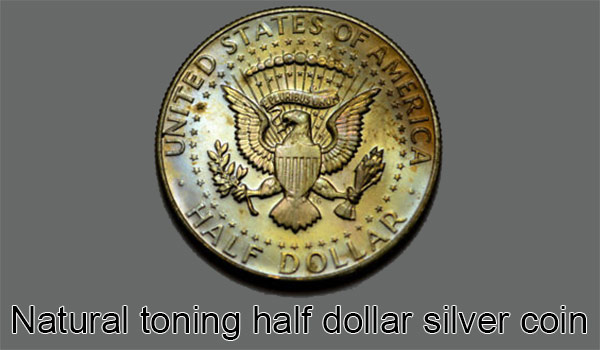
Natural coin toning is acceptable for numismatics. Coins, given that they have not been circulated, tone at varying lengths of time and in distinct colors depending on its metal content.
After a definite period of time, silver coins will turn black because of its reaction with certain chemical compounds. Copper, another active metal, will oxidize and form a shiny brown hue. Nickel coins will have faint gray color. The impurities of the gold coin (its alloy content) will resurface in pale brown toning streaks on its deep orange coloration.
Coins may also acquire a natural toning when left unopened for years and years inside the mint bag, thus called mint bag coin toning. The humidity inside the mint bag reacts with the canvas preservative and through time, brilliant colored rainbow toned coins are made.
Often times, the coin’s surface in contact with the canvas will show its weave pattern in multicolored hues. Lighter shades in toning develop in coins kept in paper rolls or envelopes for a long time.
Artificial Coin Toning
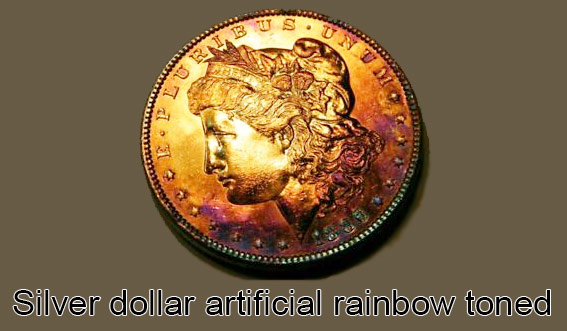
Coin toning can also be “doctored” through chemical and mechanical methods. Coin doctors hasten the toning of newer coins to create a false patina in an attempt to improve the coin’s grade.
Artificial coin toning could also cover up a coin’s flaw. Coin doctors have a myriad of tricks in artificial toning that a fake toned coin could pass for a genuine one. Artificially-toned coins are not certified by the PCGS, NGC, and ANACS.
Coin graders determine coins with questionable coin toning. Such coins would have unnatural colors as the result of treatment. The “sea green” hue is one the most coveted tone of the naturally toned coin. Tampered coins, or those who have undergone artificial coin toning, would yield a shade darker and do not have a cartwheel luster. Fake toned coins usually have burn marks because of the strong chemicals used.
Grading System for Toned Coins
Cleaning coins is deemed depreciating for the coin’s grade. Wiping newer coins with harsh chemicals could lead to its untimely toning and make it appear unnatural. Such action leads to “questionable coin toning” remarks upon the grader’s appraisal.
The best valued toned coins have a superior, vivid multi-colored patina – a rainbow toned coin. The natural toning should be uniformed by as much as 80% on one side and it does not hide any surface cracks and breaks.
Toned coins fetch premiums on Greysheet prices. A monochrome -toned coin will be regarded with a high grade when its colors are vibrant and uniform all throughout the coin. Toned silver coins have a bigger market than other toned coins.
Other criteria for toned coins that have a big premium are those with a splashy toning (called monster toning), those with shiny hues (iridescent toning), and whose colors diffract from the coin’s edges toward the center (bullet or target toning).
Not all toned coins are beautiful. Just like other things of value, a well-toned coin can be called as one that has aged gracefully with time.






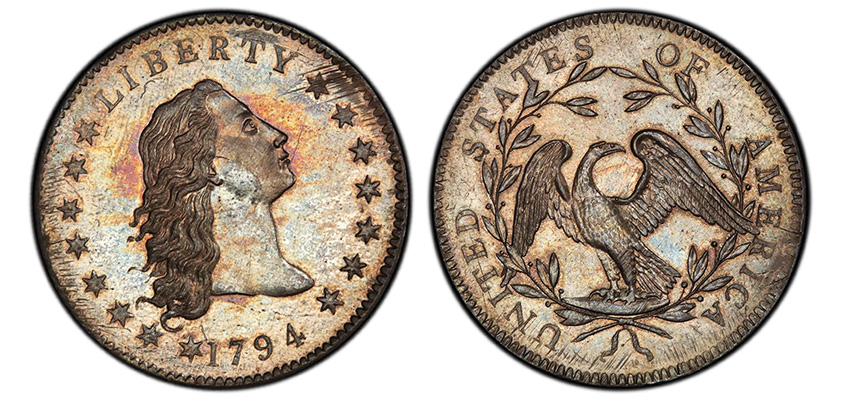
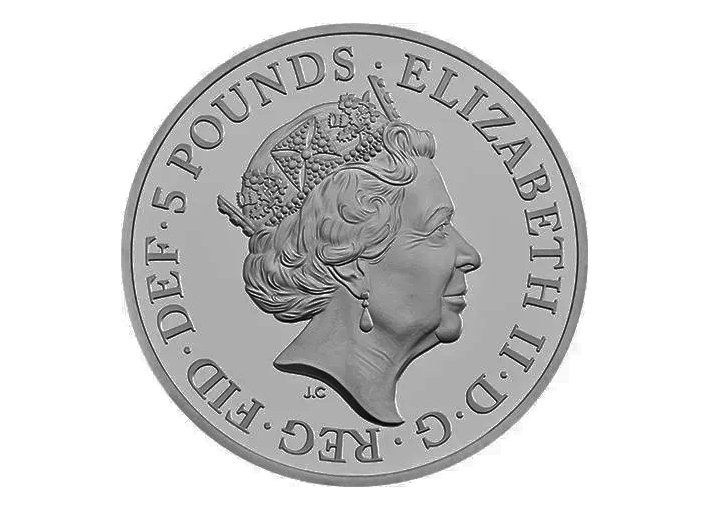
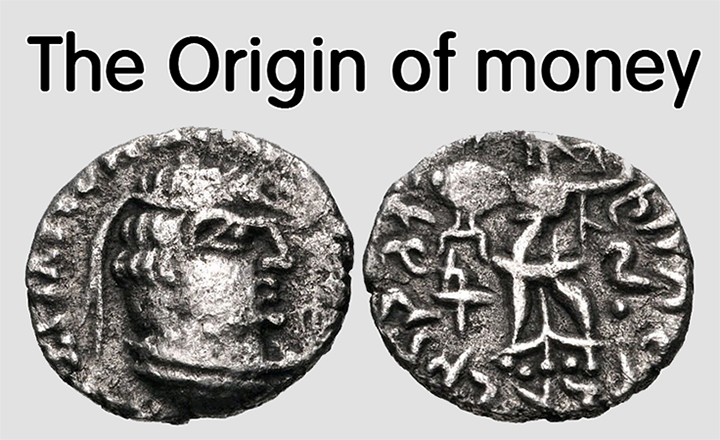
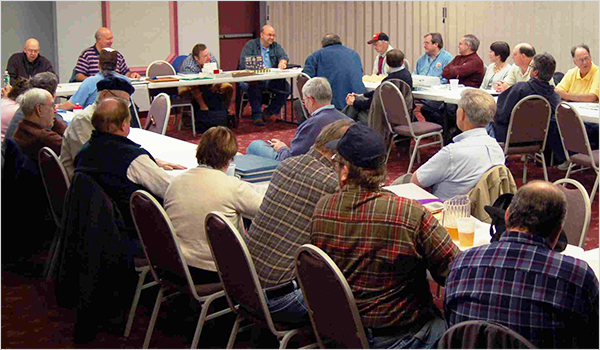

Leave a Reply